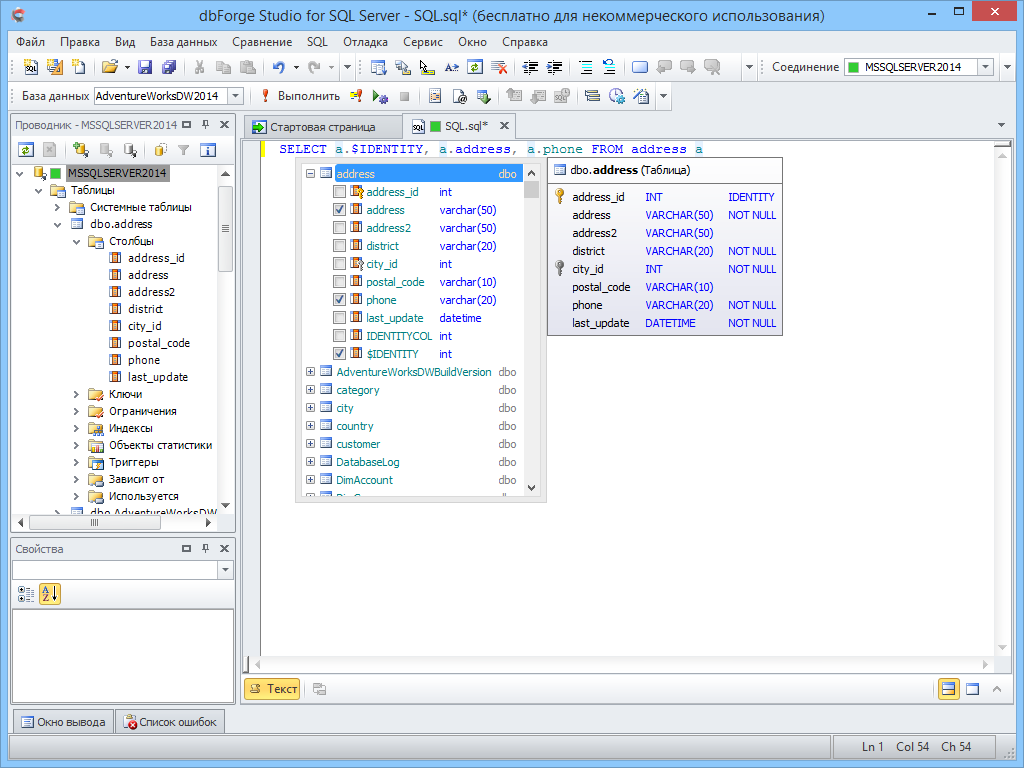

Learn more: SQL Insert Statement, Inserting Multiple Rows Truncate Table The Insert statement allows you to add new records to a table. Learn more: SQL Delete Statement INSERT Statement The Delete statement allows you to remove records from a table. Learn more: SQL Update Statement DELETE Statement The Update statement allows you to make changes to data in a table. Learn More: SQL Having Clause, Difference Between Where and Having JoinsĪ join is where you combine data from two or more tables into one query. The HAVING clause allows you to filter data after a group has been applied. Learn more: SQL Group By Clause HAVING Clause The GROUP BY clause allows you to group data by values in a column and use aggregate functions. Learn more: SQL Aggregate Functions GROUP BY Clause Learn more: SQL ORDER BY Aggregate FunctionsĪggregate functions allow you to combine multiple rows into one, such as counting records or adding numbers. This clause allows you to order the results of your Select query, Learn more: SQL WHERE Clause ORDER BY Clause The WHERE clause lets you filter data out of your Select query, and also works with Update and Delete statements. Learn more: SQL SELECT Statement, DUAL Table in Oracle WHERE Clause Learn how to use the Select keyword to view data, including all columns or only some columns. Learn more: Wikipedia, Learn To Code With Me, SQL vs MySQL vs SQL Server: What’s the Difference? Basic Select Query SELECT Statement SQL stands for Structured Query Language and is the language used to interact with databases. Learn more: Wikipedia, JavaTPoint What is SQL? The first step is to understand what a database is: a tool that’s used to store and manage data.


 0 kommentar(er)
0 kommentar(er)
